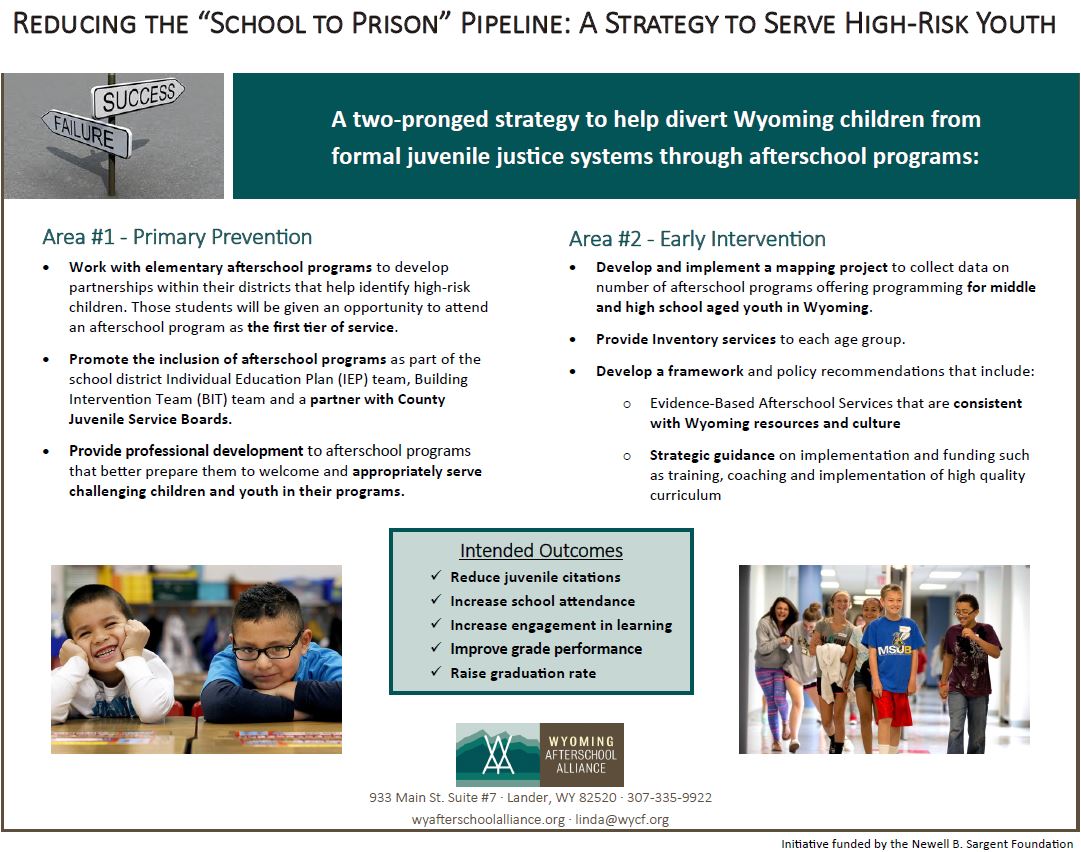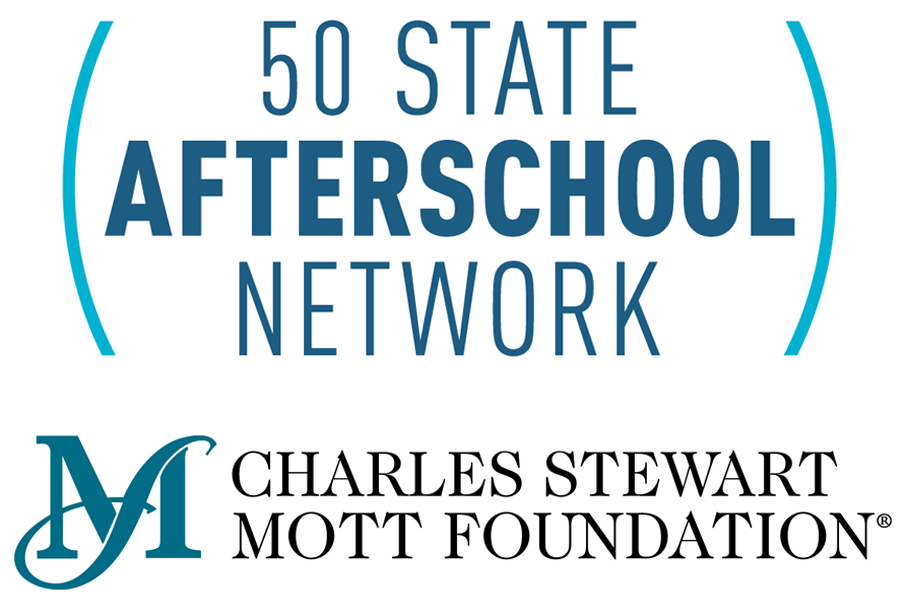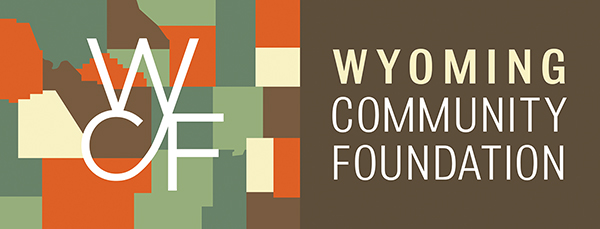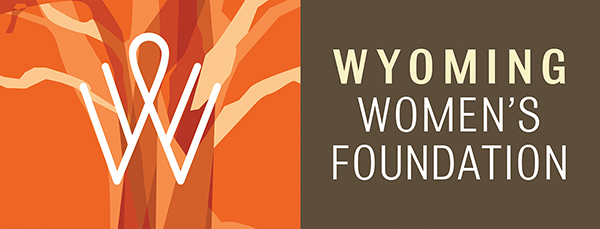PUBLICATION AND RESEARCH
WYAA ENCOURAGES INDIVIDUALS AND ORGANIZATIONS TO PERUSE THE FOLLOWING PUBLICATIONS AND RESEARCH THAT INVOLVE ISSUES VITAL TO AFTERSCHOOL.
Community Connections Make a Difference
November 2023: Leverage the power of out of school time to grow talent, increase competitive advantage and support working families. Download this handout that explores how stronger community connections can make a difference to young people in Wyoming. Click here.
Preparing Wyoming’s Workforce
April 2023: Wyoming employers need access to a well-prepared workforce, and they have a significant role to play in preparing that workforce. Leverage the power of out of school time to grow talent, increase competitive advantage and support working families. Learn about the power of internships and mentorships for the business community and the youth they involve. Click here.
Addressing Mental Well-Being Through Afterschool Programs
November 2022: Afterschool and summer programs play an important role in supporting the healthy development of young people and are all the more critical today. We must seize this moment to fund Wyoming’s afterschool programs so they can serve all families in need and help address the urgent youth mental health crisis. We can do this by providing resources that will allow programs to partner with more schools, community organizations, mental health agencies, and pediatricians. The Wyoming Afterschool Alliance is helping to make these connections. Find it online. Click Here
Supporting Learning Recovery Through Out of School Time with ESSER III Funding
November 2021: Out of school time—afterschool, before school, summer, and expanded learning programs—complements academic learning and is critical to youth development, our economy, and our communities. The American Rescue Plan provides Wyoming with a third round of federal stimulus funding for K-12 public education through the Elementary and Secondary School Emergency Relief Fund (ESSER III), estimated at $303 million that can be spent at the local level on learning recovery strategies, including comprehensive afterschool and summer programs. These ESSER funds give Wyoming the opportunity to serve kids and families better by prioritizing quality and sustainability. Find it online. Click Here
Wyoming After 3pm
December 2020: Many more Wyoming parents want afterschool programs for their children than are able to access them, according to a household survey commissioned by the Afterschool Alliance and released today. It finds that, by overwhelming margins, parents express strong, broad-based support for afterschool programs. But unmet demand – the percentage of children in Wyoming not currently in an afterschool program whose parents say they would be enrolled if an afterschool program were available to them – has increased over the past six years, with low-income families in particular citing cost as a barrier to enrolling their children. As a result, for every child in an afterschool program in Wyoming today, three more are waiting to get in. Find the publications and learn more at Wyoming after 3.
From a Nation at Risk to a Nation at Hope
January 2019: The Aspen Institute National Commission on Social, Emotional, and Academic Development (SEAD) published their final report. It highlights the crucial role afterschool plays in supporting the whole child. Find it online: Click Here
Why Wyoming is Using Afterschool Programs to Keep Kids Out of School-to-Prison Pipeline
December 2018: Youth Today published an article written by Past WYAA Director Linda Barton titled: “Why Wyoming Is Using Afterschool Programs to Keep Kids Out of School-to-Prison Pipeline.” Find it online. Click Here
Juvenile Justice Tools
- Juvenile Justice Ecosystem – Describes the system of support for at-risk children and youth
- Notes and Analysis – This page was developed to guide participants through the summit and help them take notes relevant to their community or organization
- “At A Glance” Resource Guide – This one-page guide helps stakeholders identify next steps and how to take action
Reducing the School-to-Prison Pipeline – A Strategy to Serve High-Risk Youth
As of 2017, Wyoming ranks 1st in the nation for suicides among children and youth. As of 2015, Wyoming ranks 1st in the nation for youth committed to residential placement by the courts and 4th in the nation for school referrals to law enforcement. These statistics are attributed to lack of community-based options and resources due in part to Wyoming’s rural nature. WYAA Director Linda Barton shared this PowerPoint presentation to help attendees understand this initiative and think about ways their organizations and communities can make an impact. Download the PowerPoint: Click Here
Understanding N.E.A.R.
Dr. Jennifer Davis with the Wyoming Children’s Trust Fund provided the featured presentation on N.E.A.R. or Neuroscience, Epigenetics, Adverse Childhood Experiences (ACEs), and Resilience. The first objective for the presentation was to help the audience become familiar with ACEs and the biological effects on the body. The second objective was to begin the conversation around ACEs and its effects. Download the PowerPoint: Click Here
Dr. Davis encouraged attendees to look creatively at problems. One example she used was “The Human Walking Program” from an Australian pet shelter. Find it online.
The Prevalence of ACEs Nationally, By State, and By Race/Ethnicity
In this Research Brief from Child Trends, Vanessa Sacks, MPP, and David Murphey, PhD look at the prevalence of Adverse Childhood Experiences (ACEs) nationally, by state, and by race/ethnicity. As their overview states, “A growing body of research has made it increasingly apparent that adverse childhood experiences (ACEs) are a critical public health issue.” Download the PDF: Click Here
What Works and What Doesn’t
Dr. Adrienne Freng presented on “What Works and What Doesn’t.” The focus was on Prevention Coalitions, Coordinated Efforts, Definition of “Good” Programs, and Efficient Use of Resources. Download the PowerPoint: Click Here
Connecting Kids to Success Will Prevent Crime
Barrie Becker and Martha Brooks, with Council for a Strong America presented: “Connecting Kids to Success Will Prevent Crime and More.” They had a focus on connecting the dots between Parents, Schools and Afterschool Programs; Health/Mental Health and Schools; Police and Schools; and Businesses and Schools. Download the PowerPoint: Click Here
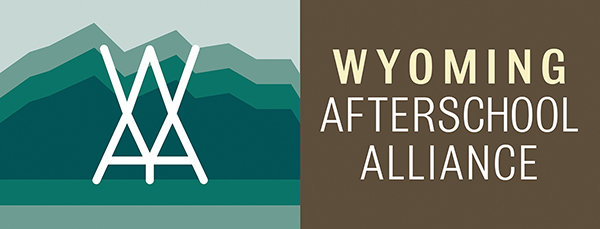
Mission: The Wyoming Afterschool Alliance is a statewide network working to create the conditions for young people to reach their full potential. We are a priority fund of the Wyoming Community Foundation.
